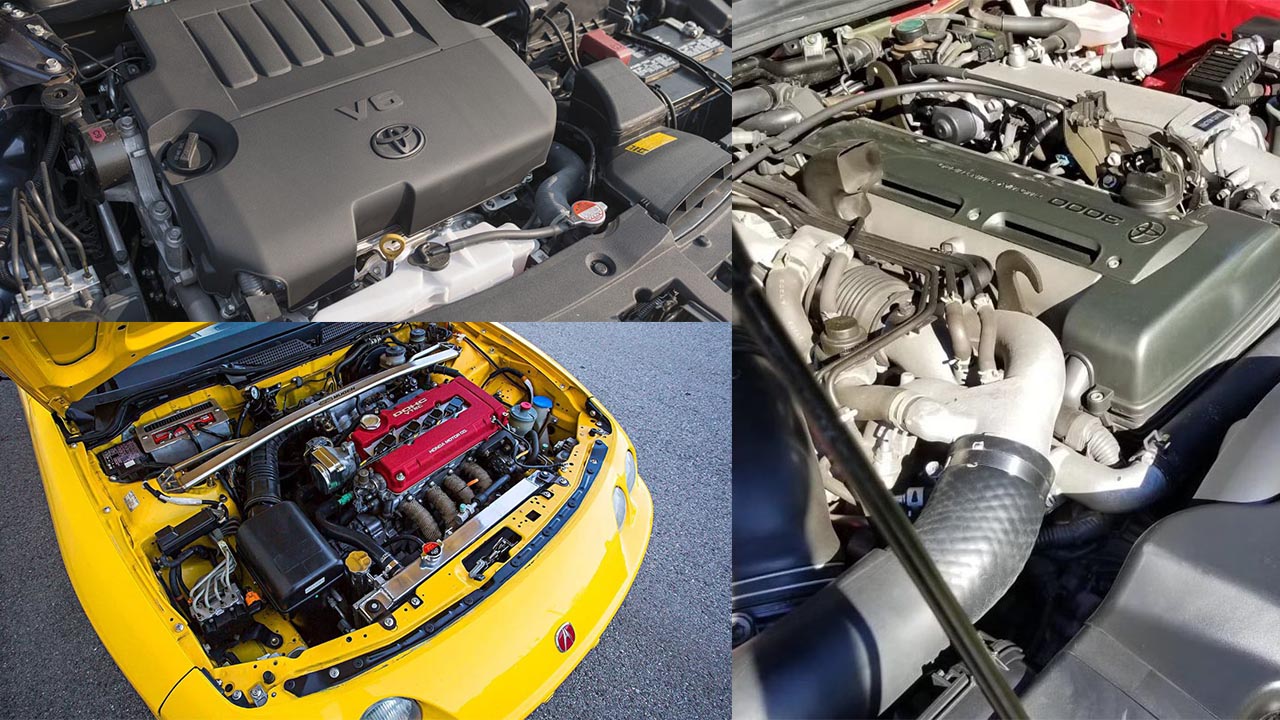While many car enthusiasts enjoy occasionally working on their engines, the majority of car and truck owners tend to view their vehicles more as everyday tools for commuting.
When a vehicle is treated like an appliance, reliability becomes a top priority. Although we’ve already explored the most reliable cars of all time, this time we’re focusing on the most reliable engines ever built.
Given that tens of thousands of engines have been produced globally since the invention of the automobile, it’s inevitable that some may not have made this list.
Additionally, it’s worth noting that even the most dependable engines have sometimes been installed in unreliable vehicles, which has unfairly damaged their reputations.
Another important factor is how an engine is maintained—because even the most bulletproof engine can fail if poorly treated. That said, the ten engines we’ve chosen have consistently proven their durability and dependability across a wide variety of vehicles.
These engines are listed in order from the oldest to the newest, based on the year they first appeared in a production model.
1. Chrysler Slant-Six/G-Engine
The Chrysler Slant-Six, also known as the G-Engine, is one of those engines that transcended the norm. Produced from 1959 to 2000, this inline-six engine generated between 101 and 225 horsepower and earned a reputation for both durability and versatility.
It wasn’t just reliable in one or two cars—it powered 31 different models across four decades. These included the Chrysler Cordoba, LeBaron, and Fifth Avenue; Dodge Dart, Aspen, Challenger, and Charger; the Ram Van and Ram Pickup; and numerous Plymouth vehicles like the Barracuda, Belvedere, Duster, and Gran Fury.
The engine’s widespread use and long production life solidified its status as a motor that could handle almost anything and still keep running—even when pushed in performance settings.
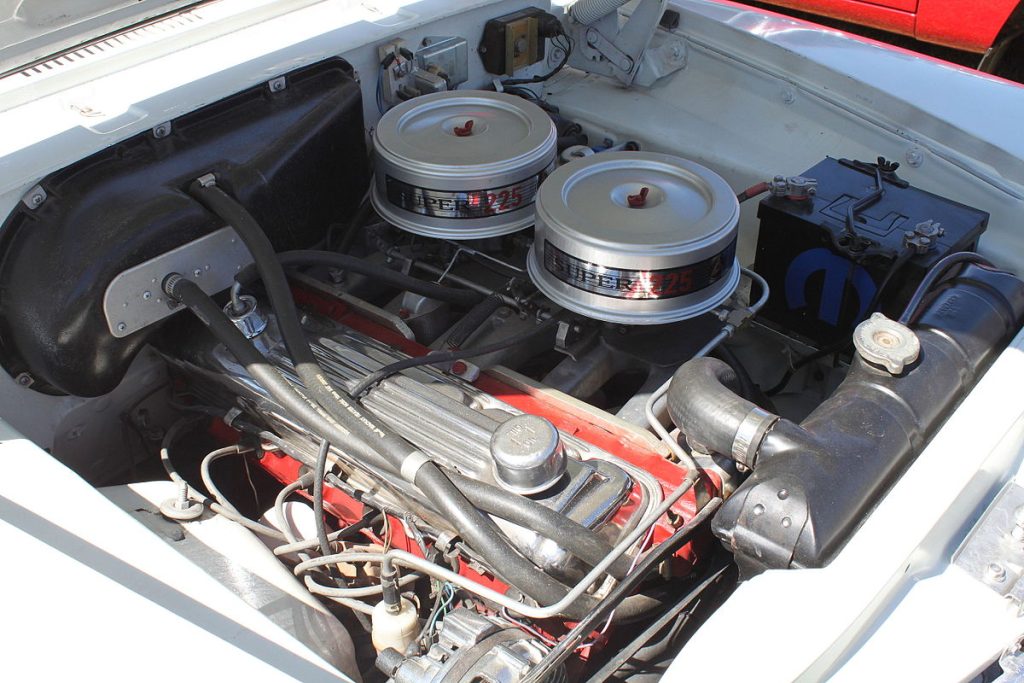
The Slant-Six was offered in three main configurations—170, 198, and 225 cubic inches (2.8, 3.2, and 3.7 liters, respectively). Within those categories, there were several versions featuring variations like short or tall blocks, different main bearing counts, and numerous other mechanical tweaks.
Regardless of the variation, the core engineering of the Slant-Six remained consistent. It was a solidly built engine that cooled efficiently and, remarkably, could even hold its own in motorsports thanks to its robust design.
Whether it was constructed with a cast iron block or an aluminum one—both materials were used at different points in its history—the Slant-Six maintained its reputation as a rock-solid, long-lasting engine.
2. Ford 300 Straight-6
The Ford 300 Straight-6, produced from 1964 to 1996, is widely regarded as one of the most indestructible engines ever made. This inline-six engine delivered 114 to 150 horsepower, and its reputation for bulletproof durability earned it widespread use not only in trucks but also in industrial equipment.
While the Ford straight-six had already established its legacy, the fourth-generation iteration introduced the Ford 300—a 300 cubic inch (4.9-liter) gasoline engine that first appeared in the 1965 F-Series pickup. It was essentially a long-stroke version of the 240 six-cylinder and initially delivered 170 hp.
However, due to a change in power rating standards in 1978, the output figure dropped to 114 hp (net), coinciding with the engine becoming the base option in the F-Series. Over the years, its performance improved, first reaching 122 hp in the 1980s and eventually 150 hp by 1987, thanks to the introduction of fuel injection.
What truly set the Ford 300 apart was its sheer versatility and toughness. It wasn’t limited to light-duty applications—it powered pickup trucks, dump trucks weighing up to 20,000 pounds, and an array of industrial machinery.
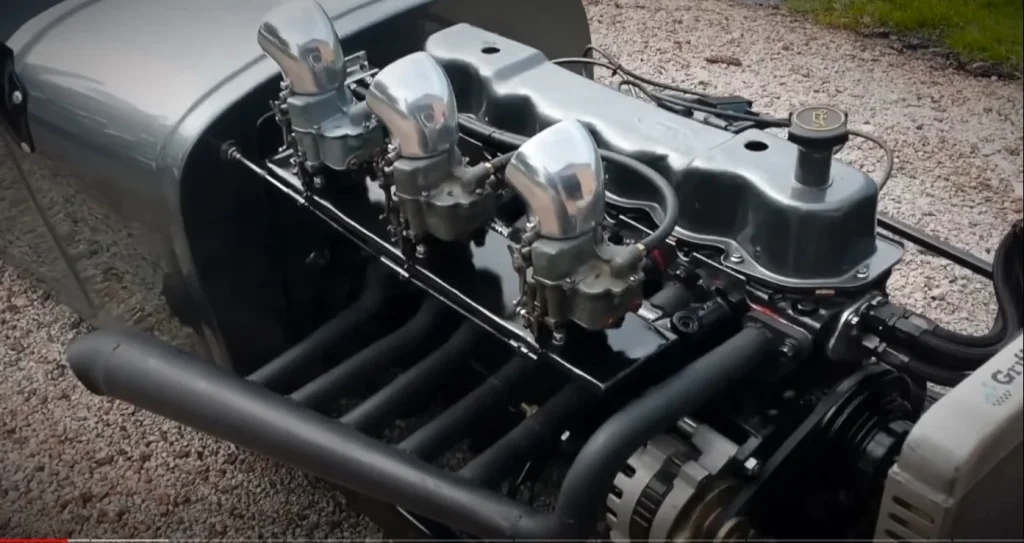
Heavy-duty variants included forged internals, making the engine a go-to choice for equipment like tractors, ski lifts, water pumps, wood chippers, and UPS delivery trucks. It even proved its worth in motorsports, winning the grueling Baja 1000 three times with Scott Donohue at the helm.
The engine earned a reputation for needing minimal upkeep, with numerous firsthand accounts on forums describing how it kept running even when neglected, running low on oil, or poorly maintained. Many owners and mechanics alike came to view the engine as virtually indestructible.
Though production officially ended in 1996, manufacturing continued in other parts of the world, and the engine’s performance eventually climbed to genuinely impressive levels as it evolved.
3. Mercedes-Benz OM617
Moving on to the Mercedes-Benz OM617, produced from 1974 to 1991, this five-cylinder diesel engine with an output range of 79 to 227 horsepower gained legendary status for its exceptional longevity, particularly in taxis and production vehicles.
Tales of German taxis racking up over 600,000 miles without a single engine teardown are more than urban legends—they’re direct results of the OM617’s durability. With a cast iron block and head and a chain-driven single overhead camshaft, the 3.0-liter diesel engine was engineered with longevity in mind.
The OM617 helped solidify Mercedes-Benz’s reputation for reliability in the U.S. during the 1980s. It was a rare blend of usable power and rock-solid dependability—traits that were not commonly found together in diesel engines of that era.
Evolved from the OM616 four-cylinder, which had already proven reliable, the OM617 made its debut in 1974 on the W115 chassis, the early ancestor of the E-Class. In its naturally aspirated form, it produced 79 hp and 127 lb-ft of torque. Just two years later, Mercedes introduced a turbocharged version that made 187 hp.
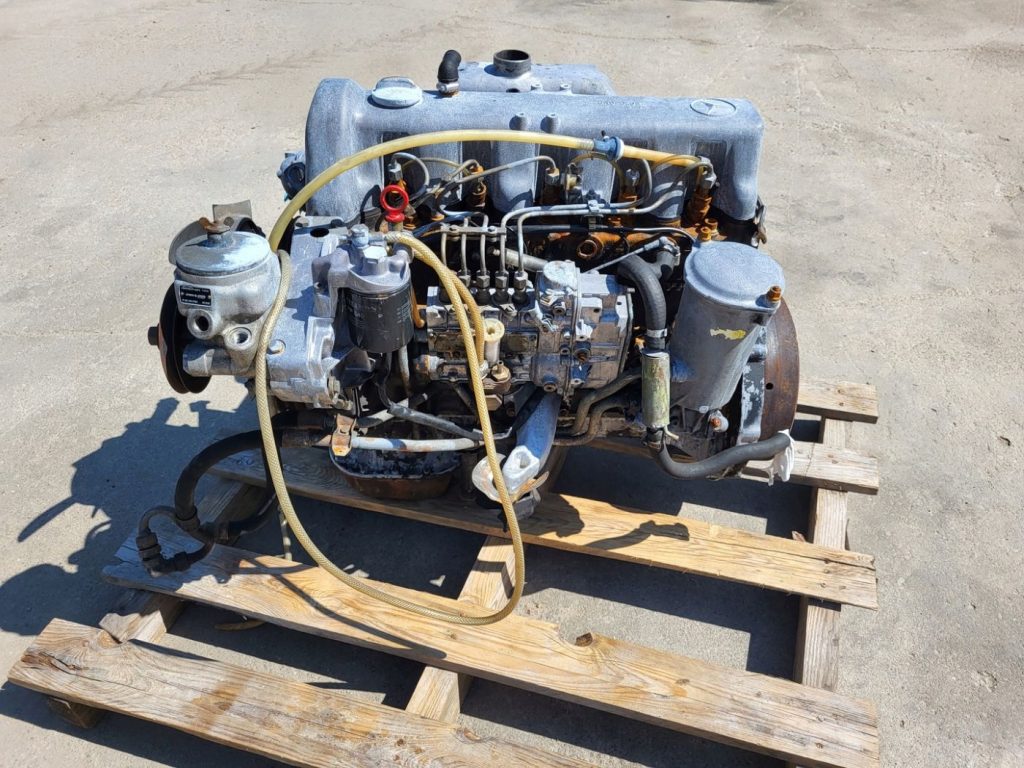
This turbo-diesel variant powered the Mercedes C111-IID concept car, which went on to set 16 world land speed records. Then, in 1978, an upgraded version with 227 hp helped the C111 add another nine records to its name.
Perhaps the OM617’s most historic contribution came with its inclusion in the W116 300SD—the world’s first turbo-diesel production sedan, sold exclusively in North America.
Its role in this groundbreaking model, along with its unshakeable reliability, made the OM617 a cornerstone in Mercedes-Benz’s diesel legacy and a benchmark for longevity in automotive engineering.
4. Toyota 1/2/3UZ-FE
The Toyota 1/2/3UZ-FE, produced between 1989 and 2013, is part of a 90-degree V8 engine family that delivered 256–500 horsepower and earned a reputation for being one of Toyota’s most dependable powerplants. Toyota is known for building reliable engines, and the UZ family is often considered among the best.
While the GM LS might be the default V8 engine swap choice in the United States, the rest of the world tends to look toward the Toyota UZ. This engine family debuted in 1989 with the Lexus LS 400—a legendary vehicle in its own right—and continued production until 2013.
Its unique blend of power, durability, and smooth performance made it a top choice across a wide variety of vehicles, including luxury sedans, minibusses, pickup trucks like the Tundra, and off-road SUVs such as the Land Cruiser, Sequoia, and Lexus LX and GX.
The UZ engine lineup featured several displacement options: the 1UZ came in at 4.0 liters, the 2UZ at 4.7 liters, and the 3UZ at 4.3 liters.
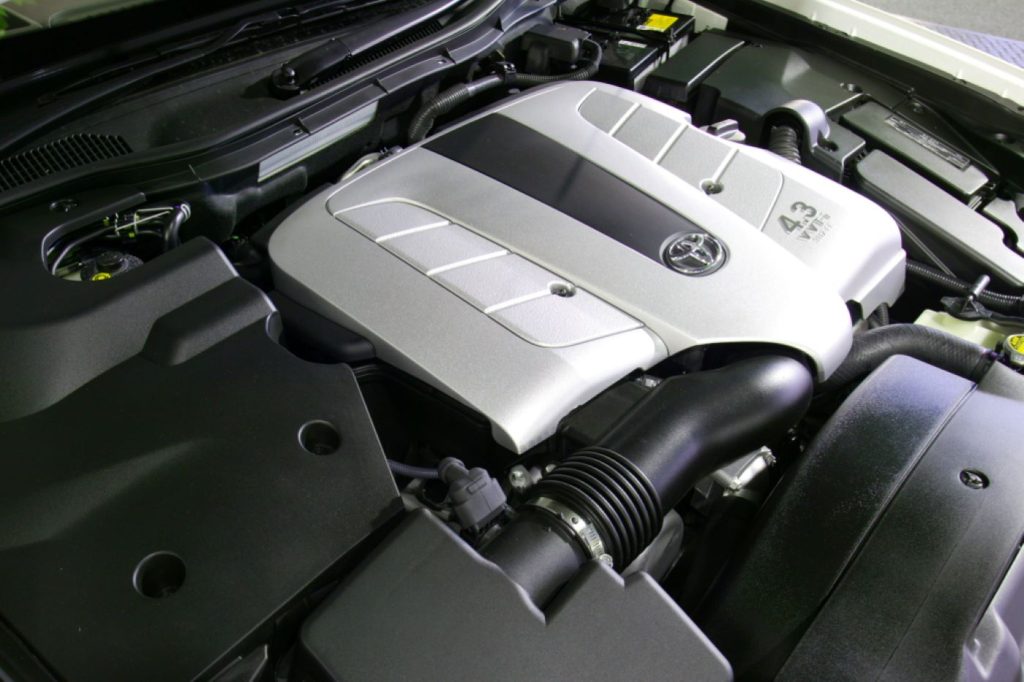
Beyond these, the later generation engines were developed into 4.5- and 5.0-liter racing variants, which saw action in high-performance arenas like the Japanese Super GT and the Grand American Road Racing (Grand Am) series.
These engines were famously under-stressed and built to last, with output figures ranging anywhere from 256 to 500 horsepower depending on the application.
The UZ engine family proved so dependable that it wasn’t just confined to land vehicles—it was also repurposed as the foundation for marine engines. In addition, a twin-turbo version of the engine found its way into aviation, a testament to its robust engineering and consistent performance under pressure.
5. BMW M50
Meanwhile, the BMW M50, manufactured between 1990 and 1996, is an inline-six engine that generated 148–189 horsepower, or 282–316 hp in its S50 performance variant, and stands out as one of BMW’s iconic powerplants.
BMW has long been associated with smooth, balanced inline-six engines, and even within this strong legacy, the M50 is remembered as a standout.
Although it was only in production for seven years, the M50 made a significant impact. It replaced the M20 engine when it debuted in the E34 5 Series and came in displacement options ranging from 2.0 to 2.5 liters.
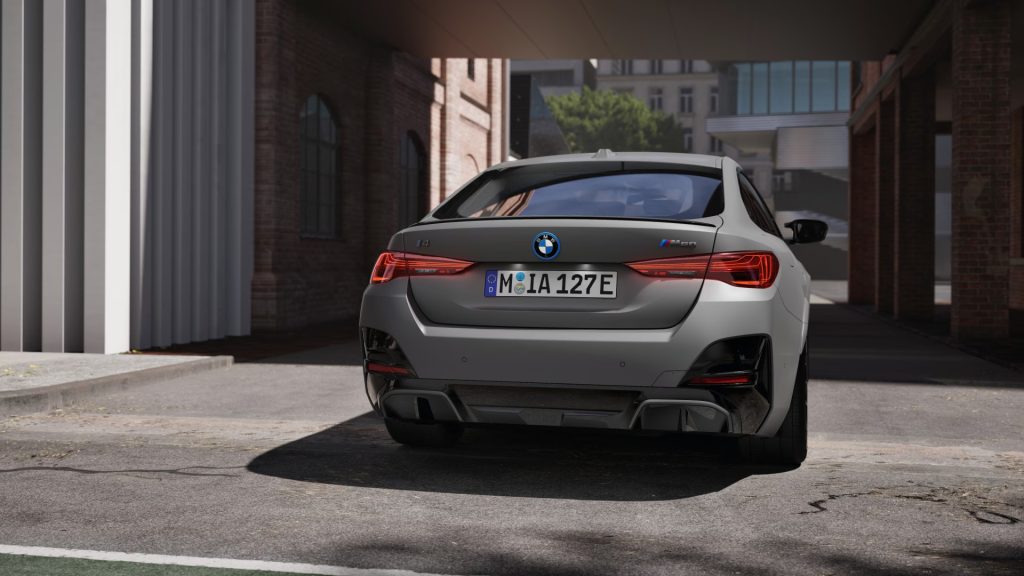
Power outputs spanned from 148 to 189 horsepower in standard form. In 1992, the M50 became the first BMW engine to feature variable valve timing, receiving a significant update that added a single VANOS system to the intake cam.
The M50 didn’t just lay the foundation for future generations of BMW six-cylinders—it was also the basis for the high-performance S50 engine found in the E36 M3. Its robust design and well-engineered architecture helped define BMW’s engine development for years to come.
The M50 wasn’t just reliable in stock form either. Thanks to its durable cast iron block, the engine became known for its ability to withstand high boost levels, making it a favorite among enthusiasts looking to push the limits with forced induction setups.
6. Toyota 1JZ/2JZ
The Toyota 1JZ and 2JZ engines, produced between 1990 and 2007, are inline-six motors that delivered 168–276 hp in the 1JZ and 212–320 hp in the 2JZ, and are revered for their legendary reliability and massive tuning potential.
Sports cars typically aren’t the first vehicles that come to mind when you think of long-lasting engines, as their aggressive use usually leads to greater wear and tear.
However, the Mk IV Toyota Supra shattered that assumption with the introduction of the 2JZ engine and its variants. The 2JZ is a 3.0-liter inline-six with a cast iron block and aluminum head, and it quickly gained a reputation as being virtually bulletproof.
Tuners have managed to extract nearly 1,000 horsepower from it using stock internals—a feat few engines can achieve with long-term reliability. For those who keep them stock, all it takes is routine maintenance to keep the engine going strong for hundreds of thousands of miles.
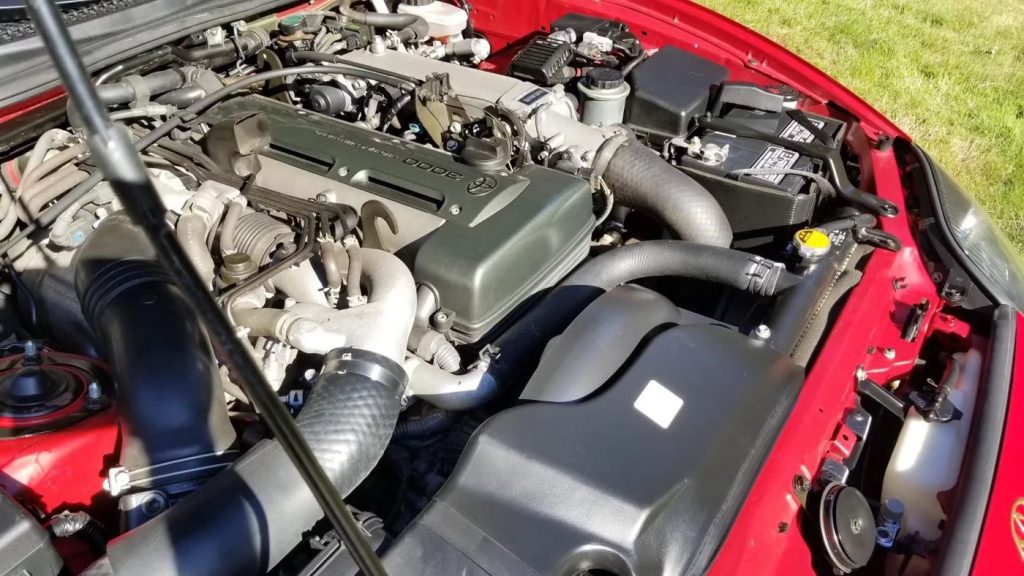
The 1JZ also earns recognition in this context. As the 2.5-liter sibling in the JZ engine family, it played a vital role in extending the platform’s legacy throughout a production run that lasted 17 years.
Outputs across the JZ lineup ranged from a modest 168 hp in naturally aspirated models to astronomical numbers in fully built, highly tuned versions. But regardless of the output, whether in stock or modified form, the JZ series engines remained among the most robust and reliable inline-six powerplants ever produced.
7. Volkswagen ABF
Another stellar example of short-lived but highly dependable engineering is the Volkswagen ABF, manufactured between 1992 and 1999.
This inline-four, 16-valve engine offered 148 hp, and while it didn’t stick around as long as some others on this list, it built a cult following for its reliability and swap-friendly design. The ABF was a 2.0-liter performance engine featured in the Mk III Golf GTI and the fourth-generation Passat in several global markets.
Known for its high-revving nature, it delivered peak horsepower at 6,000 rpm and 133 lb-ft of torque at 4,800 rpm. It utilized a cast iron block with an aluminum head, hydraulic lifters, and a fuel injection system, making it a strong performer for its time.
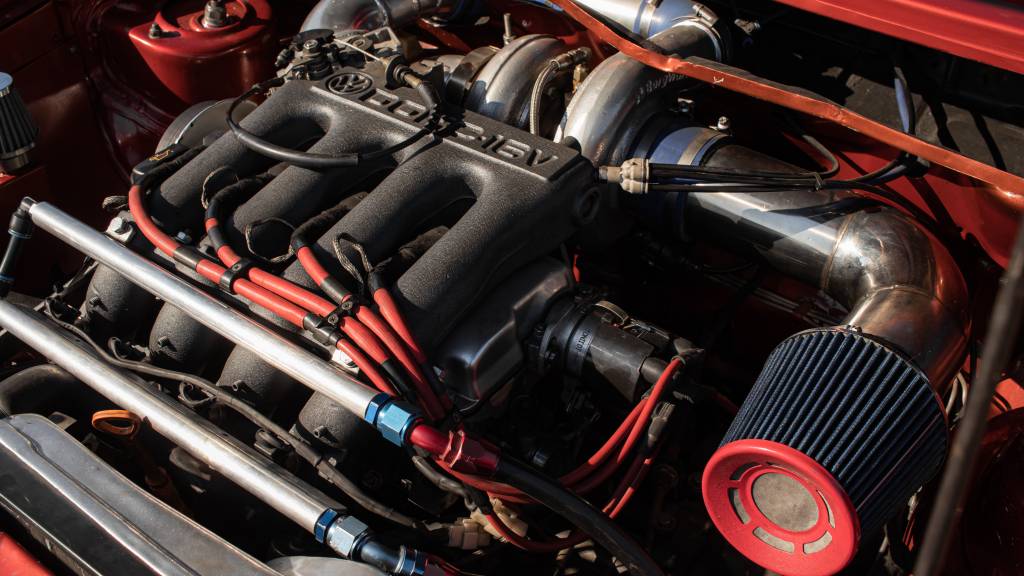
Although highly regarded for its durability—often being used as a go-to performance swap for older Volkswagen builds—parts for the ABF can be expensive and increasingly hard to find.
Still, the issues that arise are typically related to auxiliary components like sensors, not the engine itself. For example, the throttle position sensor is a commonly cited weak spot.
Despite these quirks, the ABF has shown an impressive ability to handle aggressive driving and reach 250,000 miles without any major failures, solidifying its legacy as a high-performance engine that’s built to last.
8. GM LS V8
The GM LS V8, produced from 1997 to the present, is a small block V8 that delivers anywhere from 255 to 755 hp, depending on the version, and has become a cornerstone of American automotive engineering. Say what you will about American build quality, but when it comes to building a proper small block V8, General Motors nailed it with the LS family.
Since its debut in 1997, the LS has spanned three generations—soon to be four—and has been used in everything from workhorse trucks like the Chevy Silverado to high-performance vehicles like the Camaro. Its strength lies in its blend of reliability, simplicity, and performance.
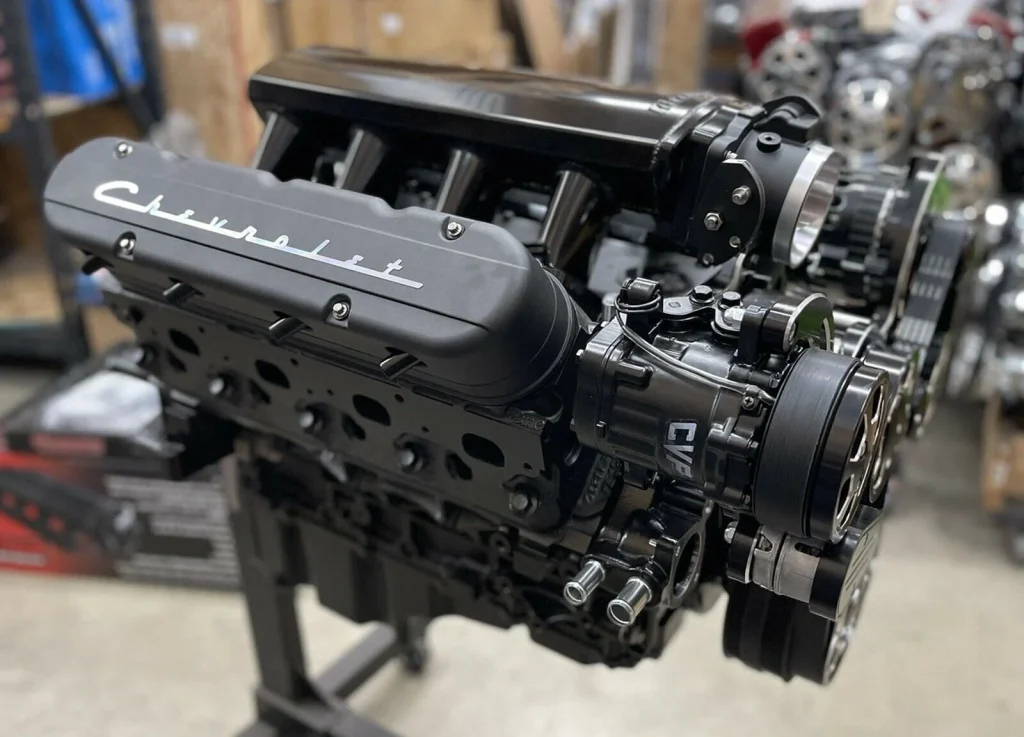
GM produced a wide range of LS engine displacements, starting at 4.8 liters with the Vortec 4800 LR4, all the way up to a 7.4-liter beast. Between those extremes, the lineup has included 5.3-, 5.7-, 6.0-, 6.2-, 6.6-, and 7.0-liter versions. These variants have powered a broad spectrum of GM vehicles, with horsepower figures stretching from 255 to an impressive 755.
Rather than single out one standout model, it’s fair to say the entire LS family carries a strong reputation for durability.
Truck owners routinely report racking up hundreds of thousands of miles with minimal issues, and the LS platform has become a go-to option for tuners seeking accessible, dependable power for a wide range of performance builds.
9. Honda K-Series
Equally deserving of praise is the Honda K-Series, a DOHC inline-four launched in 2001, with output ranging from 150 to 320 hp, and known for its combination of high-revving performance and bulletproof reliability.
No list of trustworthy engines would be complete without a Honda entry, and the K-Series more than earns its place. These engines range in displacement from 2.0 to 2.4 liters and have powered everything from the Civic Type R and Integra to the Accord, CR-V, and even the Acura RDX.
Available in both naturally aspirated and turbocharged forms, the K-Series has become especially beloved in the tuning world.
Turbocharged variants, in particular, are extremely popular for engine swaps due to their resilience and high-revving capabilities—traits that make them ideal for performance builds where longevity and excitement both matter.
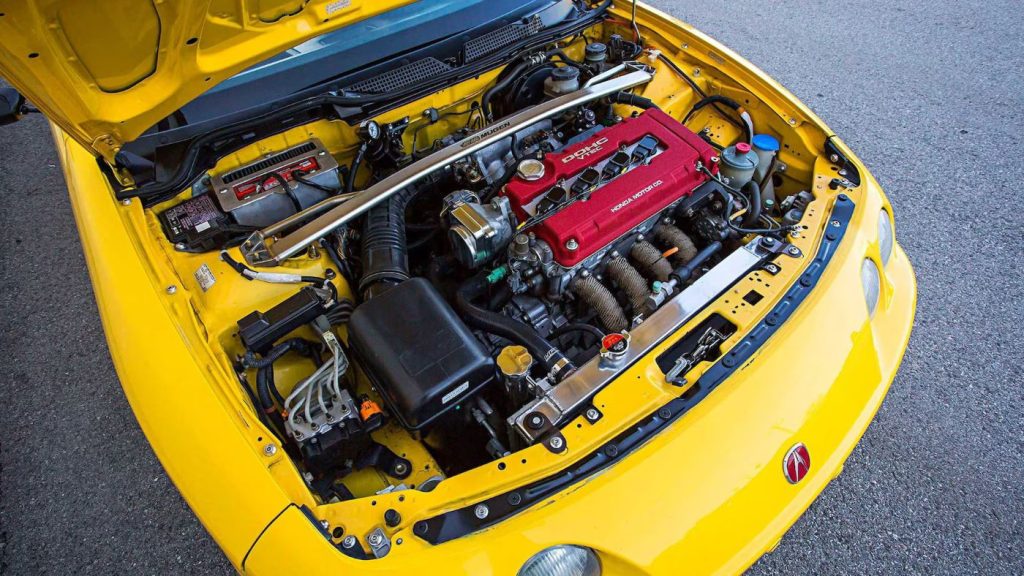
Among the most popular options are the K20 and K24 variants, which have gained reputations not just for their performance and durability, but also for being some of the better-sounding four-cylinder engines of their time, especially in their earlier iterations.
And, of course, being a Honda engine worth its salt, the K-Series comes with V-TEC, staying true to the brand’s high-performance heritage.
10. Toyota 2GR
At number two is the Toyota 2GR, a 3.5-liter V6 engine produced from 2005 to the present, delivering between 237 and 316 hp depending on the application. Yes, it’s another Toyota motor—because when it comes to building reliable engines, Toyota continues to set the standard.
The GR engine family, which should not be confused with the GR models branded under Gazoo Racing, includes eight main variants and numerous sub-variants. Among them, the 2GR stands out as the most celebrated for its dependability.
This engine has been a staple in some of Toyota and Lexus’s most recognized vehicles, including the Tacoma, Camry, Highlander, and Avalon, as well as the Lexus ES, GS, IS, and RX. Beyond its passenger car applications, it has even powered the Lotus Evora and been adapted for motorsport use in the Toyota Corolla.
One of the most notable versions, the 2GR-FSE, has earned multiple spots on Ward’s 10 Best Engines list, reinforcing its reputation for performance and long-term reliability.
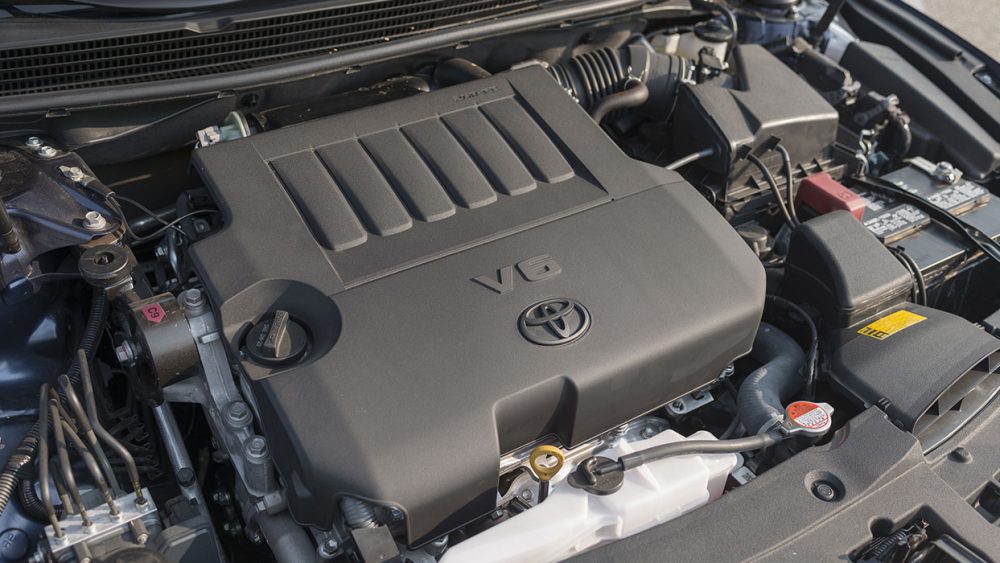
Engineered with a die-cast aluminum block and aluminum head, the 2GR is one of the most modern entries on this list, balancing strength and lightweight design. Its power output varies from 237 to 316 horsepower, depending on the specific configuration and vehicle.
What also makes the 2GR particularly valuable is its widespread usage across numerous global markets. Many of the vehicles it’s found in are consistent bestsellers, which means the engine has been battle-tested in countless conditions and has a vast support network worldwide.
Whether you’re looking at its resilience, performance, or sheer accessibility, the 2GR remains a rock-solid choice in the Toyota lineup.

